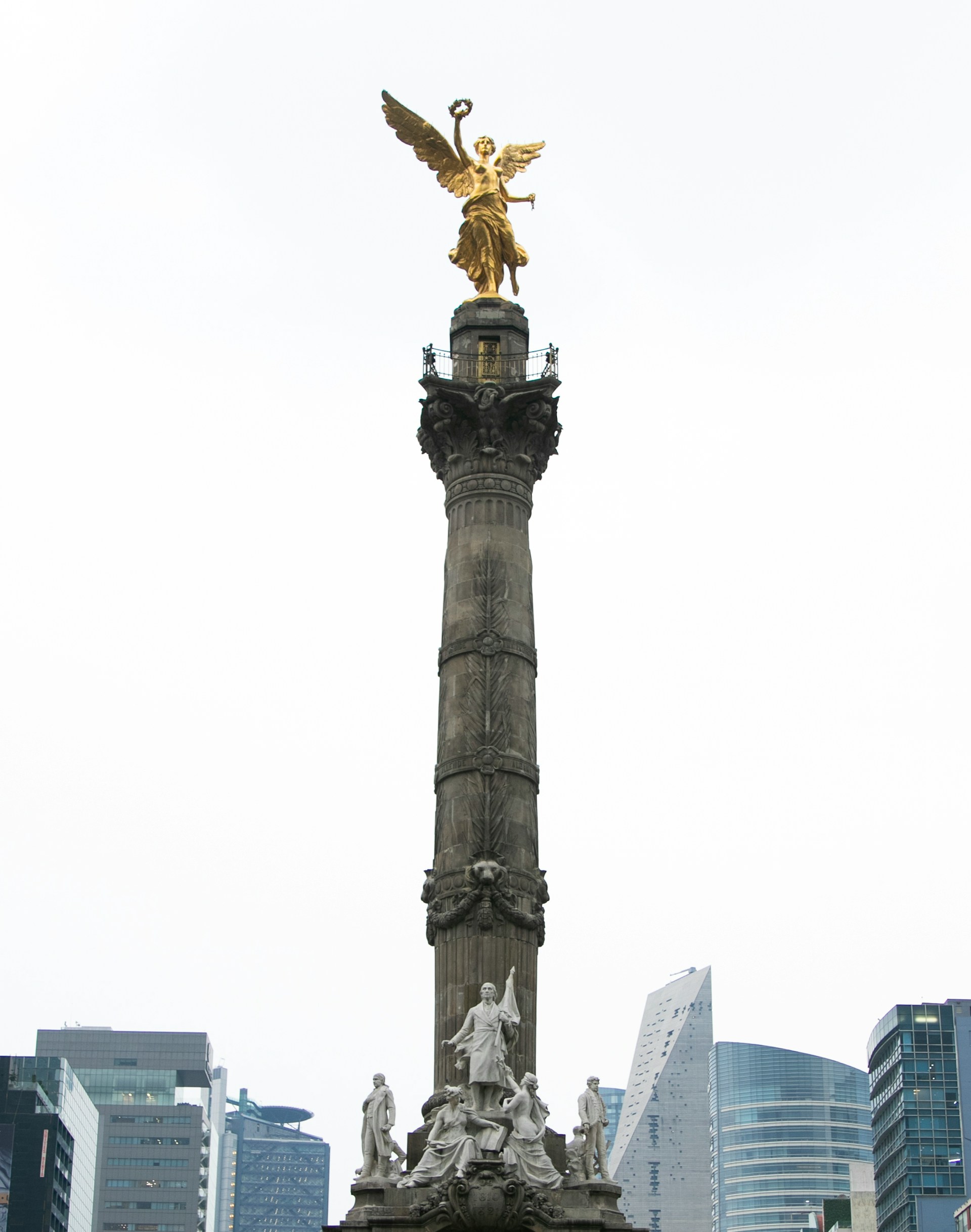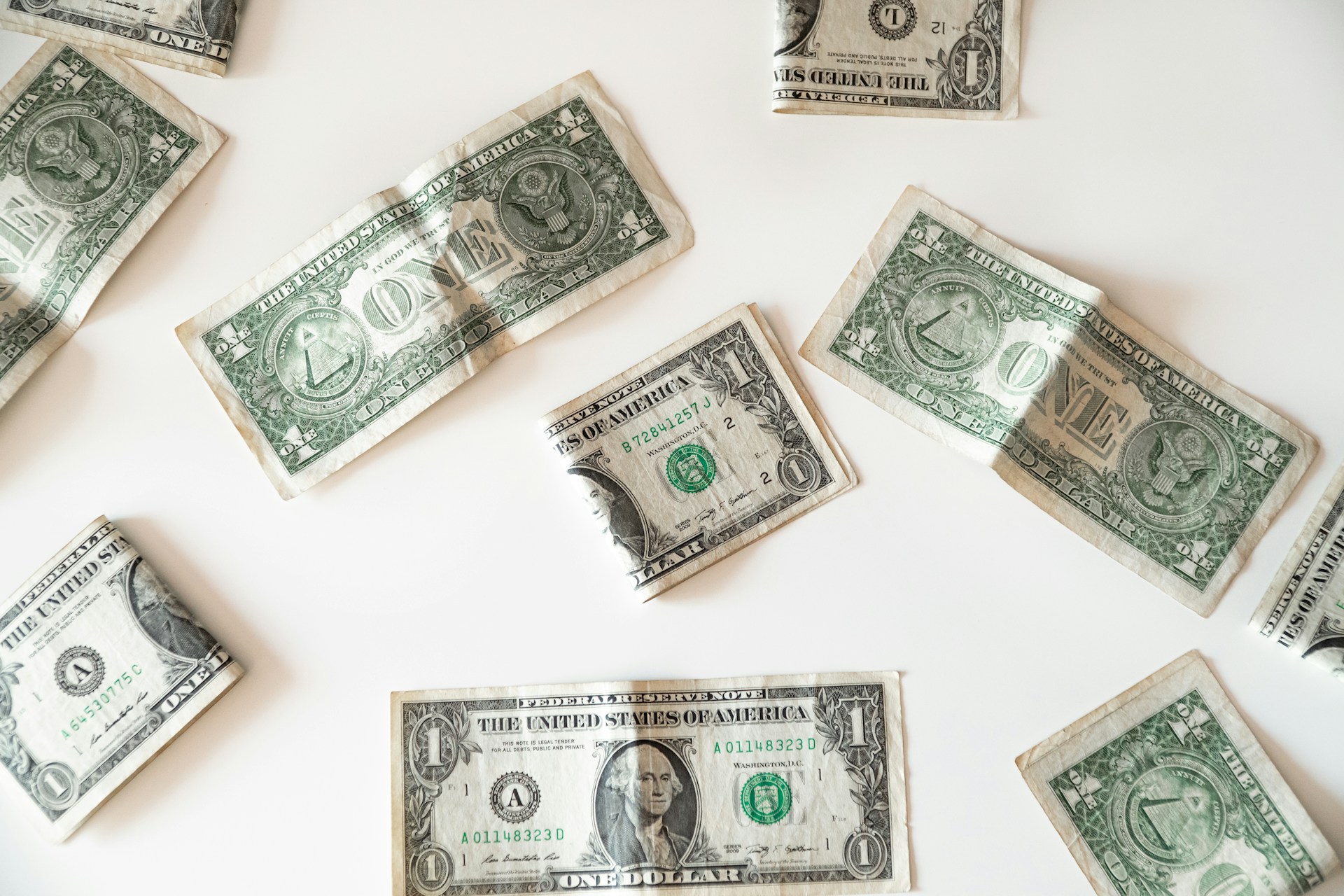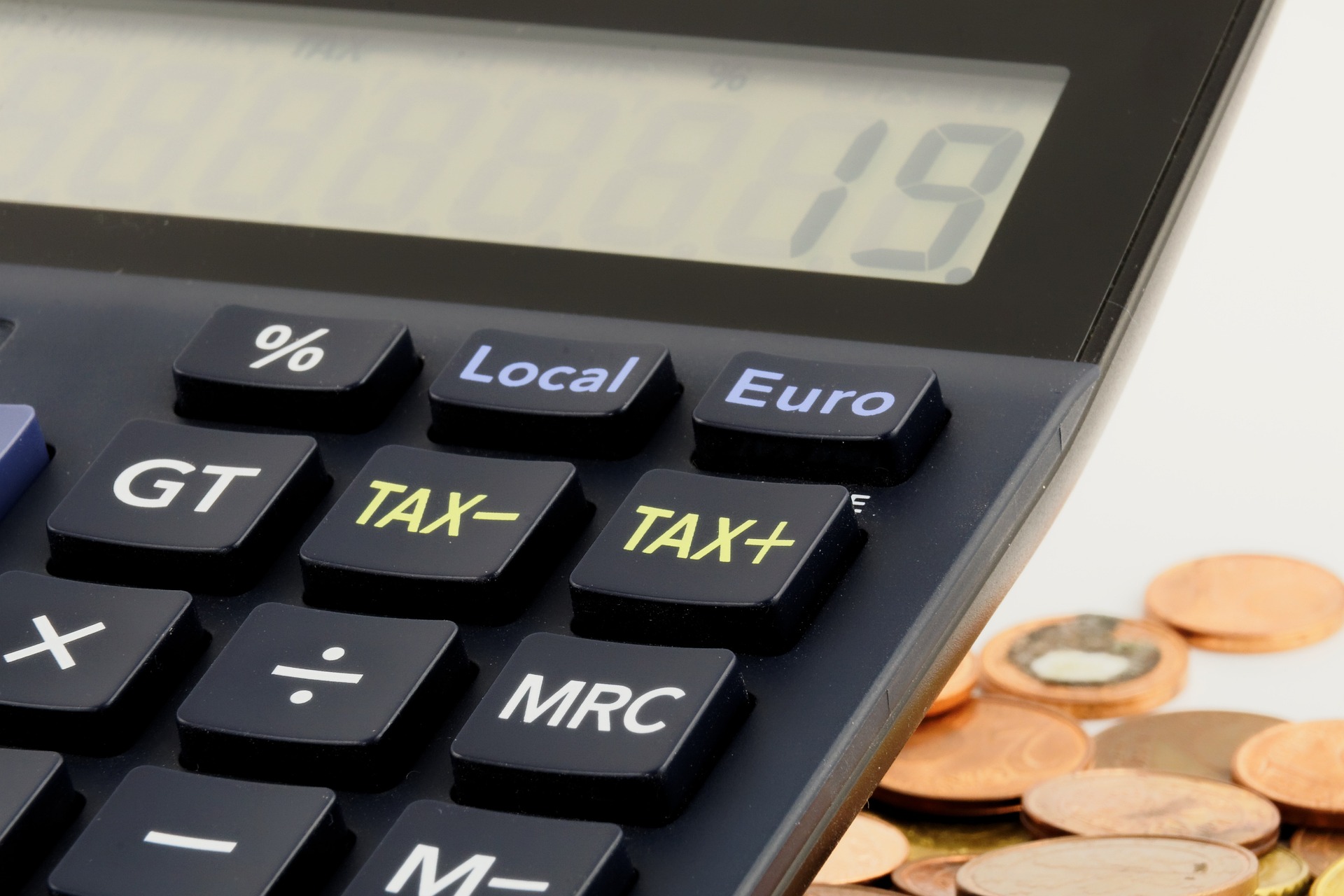
Envía dinero a casa
Tu primer envío es gratis y llega en segundos
The Independence of Mexico was the result of a set of causes of various kinds, which triggered a civil war staged in the territories of New Spain, to give way to the First Mexican Empire to the detriment of the economy of the Kingdom of Spain, which had a good part of its income in these territories.
On September 16, 1810, the war for independence began in Mexico, a war that ended on September 27, 1821, when the Triguarantor Army entered Mexico City.
The Mexican independence movement was inspired by liberal revolutions and the movement of the Enlightenment, which occurred in Europe during the 18th century, and simultaneously, sectors of society were reflecting on approaches related to the sovereignty of nations, as well as the relations between peninsular Spain and its imperial territories.
Since when has the cry of independence been celebrated in Mexico
These celebrations originate in the early hours of September 16, 1810, When he heals Miguel Hidalgo y Costilla decided to call for a popular insurrection, with its constant ringing of the bell of the parish of Dolores, in the State of Guanajuato.
Under this call (known as the Cry of Sorrows), the inhabitants gathered in the square, where Hidalgo decided to give a speech in which he cheered both the Virgin of Guadalupe and the town of Dolores, in order to take up arms.
These events led to the fact that in 1896, Porfirio Díaz (currently president of Mexico), ordered that the bell used by Hidalgo be transferred to Mexico City, to be used in the independence celebrations that began to take place in that year, including a military parade and the placement of the bell on the main balcony of the National Palace.
It has since been established that eOn September 15 of each year, the campaign will be repeated at night hours by the current president, through a ceremony in which from the balcony of the National Palace in Mexico City, before the attendees who are in the Zócalo.
What were the causes of independence in Mexico?
There are several causes that led to theindependence in Mexico.
One of these were the Bourbon Reforms (promoted by King Carlos III), who implemented changes of various kinds to strengthen the State and obtain more income.
All of this prompted that peninsular Spaniards arrived to fill military and bureaucratic positions, while the Viceroy had less power before the mayors, merchants and miners were privileged, besides that taxes increased with which they impoverished the town
In addition, there was a sense of nationalism and belonging on the part of American Creoles, in relation to the land where they were born, a movement they called Creolism.
The cultural and socio-economic differences between the different groups of people living in New Spain were considerable, to the point that Creoles and Peninsulars made up 17% of the population and controlled economic and political power, to the detriment of blacks, castes, indigenous and mixed race people.
And how July 6, 1808 Abdicated the throne of Spain King Ferdinand VII, the Mexico City Council requested the viceroy, José de Iturrigaray that it would directly control the government, so that the sovereignty of the nation would be recognized, an action prevented by Spaniards such as Gabriel de Yermo, who dismissed Iturrigaray and other perpetrators were imprisoned.
Why is it important to celebrate this date?
It is important to celebrate the Mexican independence for the following reasons:
- National holidays are times for the celebration and honor ofMexico's independence feat and their heroes.
- Celebrate the Mexican independence it is a way of expressing love for the country and of extolling national identity.
- It serves to keep in mind the courage of those who dedicated themselves to fighting for independence of Mexico.
- It is a way of paying tribute to Mexican cultural traditions, especially to our music, gastronomy, artistic expressions of various kinds that distinguish us as a nation and to the legacy of our original civilizations, as they were the Mayans and the Aztecs.
Main characters of the independence of Mexico
Miguel Hidalgo y Costilla
Also known as “The Father of the Fatherland” He was a priest and a revolutionary and he gave the “Dolores's Cry”, during the early hours of September 16, 1810, so that Mexicans would emancipate themselves against the Kingdom of Spain.
Josefa Ortiz de Dominguez
She is another hero of Mexican independence, since she participated in the Querétaro conspiracy, apart from informing her Miguel Hidalgo that in Spain, they discovered that there was an independence conspiracy against the interests of the crown.
Ignacio Allende
He played a significant part in the frustrated conspiracy against Spain in 1809, as well as in another plan made by Juan Aldama and Miguel Hidalgo.
Agustín Iturbide
Although it was part of the Royal Spanish Army, around 1820 it lent its support to the Mexican independence ideas, together with their leaders.
José María Morelos y Pavón is highlighted as “The Servant of the Nation”,
He served as a priest and soldier, especially in the second phase of the Mexican independence movement.
Vicente Guerrero
He was a politician and military man who was present at the Battle of Izucar, the Siege of Cuautla, the Takeover of Oaxaca, among other events of the third stage of the Mexican independence.
We already met thethe causes of Mexican independence, as well as their heroes, and the reasons why this feat is celebrated by Mexicans.












